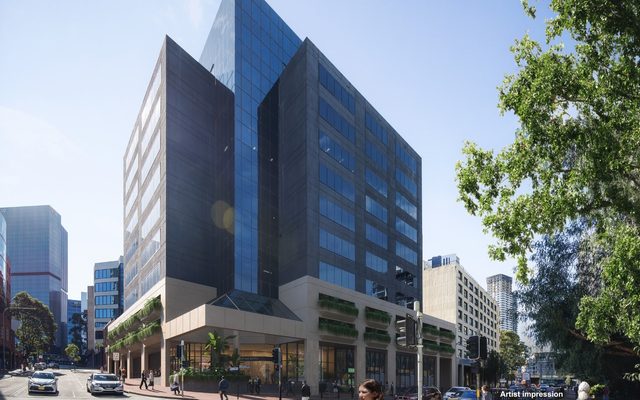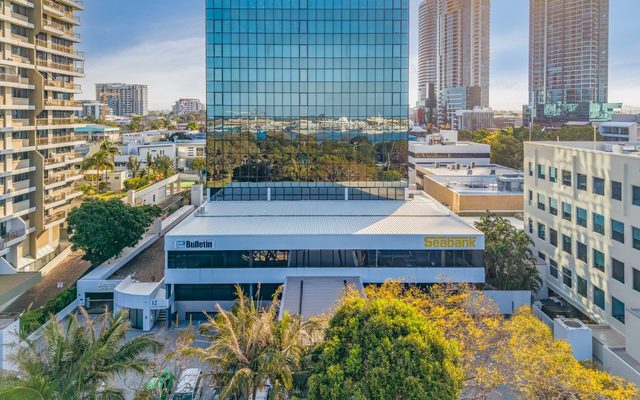This article is from the Australian Property Journal archive
DESIRE for an improved human experience is driving tenants towards prime grade office assets, with the market segment seeing 182,000 sqm of net positive take-up over 12 months – compared to an exodus of 41,000 sqm from the secondary market.
JLL’s The Tenant Perspectives: National, local and sector office market insights report found both tenants and landlords increasingly looking to improve workplaces overall to underpin a meaningful and sustainable return to work.
Zoe Willis, tenant representation consultant – Sydney, said corporate tenants were increasingly prioritising sustainability in their workplace decisions with building sustainability ratings and plans for electrification key factors in lease considerations.
“Assets with a clear path to net zero are in high demand, while those with poor ESG (environmental, social and governance) credentials are less desirable. This supports the trend of tenants seeking quality assets, as landlords of prime-grade properties are willing to upgrade sustainability credentials and future-proof their assets.”
She added that many corporates were now also cognisant of the need to involve key stakeholders and advisers when reviewing office workplace strategies.
“Sound advice and engagement are critical to maximising cost-efficient and flexible workplace policies including benefits associated with fitted and speculative fit-outs to minimise capital expenditure, improving net lettable area efficiencies, and aligning with co-working providers to further reduce space needs and facilitate flexible project growth/contraction.
Prime rents up
Sydney’s office market is starting to see an increase in leasing activity with a number of tenants taking the opportunity to upgrade to higher-quality spaces in the post-COVID-19 market. This has pushed up prime net face rents by 8% over the 2023 financial year to $1,363 per sqm, while secondary rental growth has been 4.9% to $971. Both are seeing incentives of about 34%.
Prime metro rents are $686 per sqm and $533 in the secondary market.
The western CBD corridor has a vacancy rate of 16.9%, while the CBD core submarket has a rate of 11.9%, representing a 42% increase for the western corridor compared to the core.
CBD premium vacancies are at 15.9%, A-grade at 14.3% and B-grade at 13.1%.
In the Melbourne CBD, prime rents were up 2.7% year-on-year to $656 per sqm, and by 4.0% to $484 per sqm for secondary. Incentives are at 40%.
JLL tenant representation – Melbourne, Gellie Mendes said Ericsson’s move to 555 Collins Street is noteworthy as it signifies a trend of larger tenants releasing excess floor space. Ericsson is downsizing from 10,650 sqm to 3,350 sqm, showcasing a desire for higher-quality, sustainable office spaces.
“Additionally, the increase in sublease space combined with new developments like 500 Bourke Street and 555 Collins Street is contributing to a rise in available office space, creating back-fill vacancies. This is further impacting the overall supply in the market.”
Premium vacancies are currently sitting at a high 21.2%, while A-grade is at 15.7% and B-grade 14.3%.
Melbourne fringe prime rents inched upwards to $517 per sqm and secondary rents to $392. Incentives are 32%.
Strong growth in Brisbane
Brisbane saw health rental growth of 6.7% year-on-year for prime space, to $711 per sqm, and 5.1% for secondary to $512. Premium vacancies are at a relatively low 8.1%, while A-grade is at 13.7% and B-grade 12.3%.
Perth recorded modest growth, with prime rents now at $638 per sqm and secondary at $386. Premium vacancies sit at 11.9%, while A-grade is higher at 17.8%, and B-grade higher still is 24.2%.
Premium vacancies are at a low 5.8% in Adelaide, but A-grade is at 23.1% and B-grade at 17.3%. Prime rents lifted 6.8% to $452 per sqm and secondary rents lifted to $269.
Canberra prime and secondary rents were up 2.7% and 2.6% respectively, to $311 and $327.




